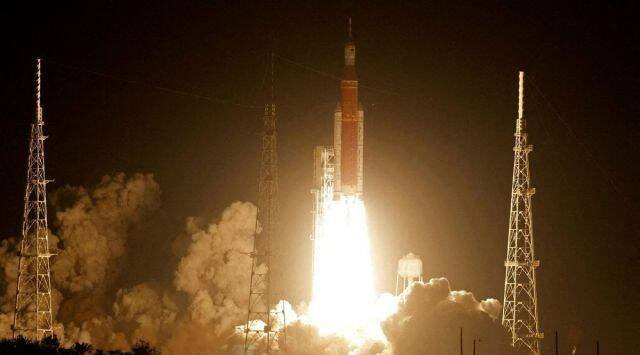NASA is embarking on an ambitious mission to develop resources on the moon, starting with the extraction of oxygen and water and eventually expanding to include iron and rare earths, according to a scientist from the U.S. space agency. These efforts are part of NASA’s Artemis mission, which aims to return Americans to the moon, including the first woman and person of color, by 2025. The ultimate goal is to leverage the knowledge gained from lunar exploration to facilitate a future trip to Mars.
One of the key objectives of the Artemis mission is to advance commercial opportunities in space. To attract commercial investment, NASA is focusing on quantifying the potential resources available on the moon, including energy, water, and lunar soil. By doing so, the agency hopes to cut costs and foster the development of a circular economy in space. Gerald Sanders, a rocket scientist at NASA’s Johnston Space Centre with 35 years of experience, emphasized the importance of developing access to lunar resources to mitigate risks and make external investments feasible for future development and production.
Sanders highlighted that NASA is still in the early stages of exploration and resource assessment on the moon. To further this endeavor, NASA plans to send a test drill rig to the moon by the end of the month. This will be followed by a larger-scale excavation of moon soil, or regolith, and the establishment of a pilot processing plant in 2032.
The initial customers for the extracted resources are expected to be commercial rocket companies that could utilize them as fuel or oxygen. This highlights the potential for the moon to become a valuable resource hub for space missions and further exploration.
The Australian Space Agency is also actively involved in lunar resource development. They are working on a semi-autonomous rover that will collect regolith samples on a NASA mission as early as 2026. These samples will contain oxygen in the form of oxides. NASA will employ separate equipment sent to the moon alongside the rover to extract the oxygen, taking a crucial step towards establishing a sustainable human presence on the moon and supporting future missions to Mars.
The exploration and utilization of lunar resources are seen as pivotal for reducing costs, enabling long-duration space missions, and opening up new frontiers for human exploration. By leveraging these resources, NASA aims to propel space exploration and commercial opportunities to new heights, paving the way for a sustainable and thriving presence beyond Earth.





